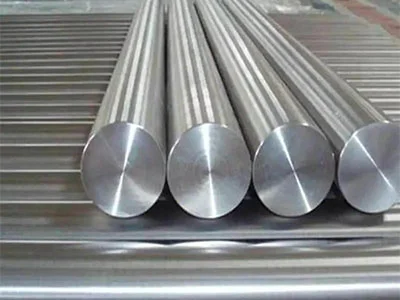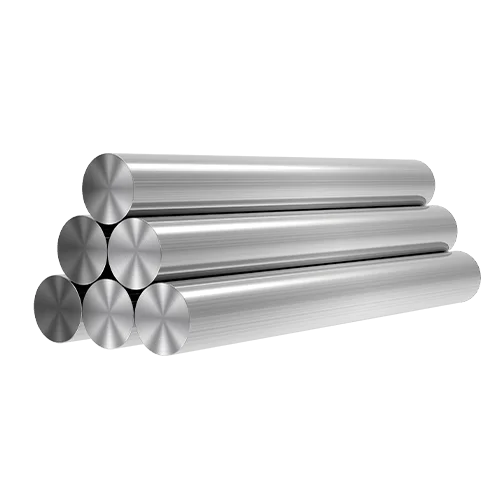Introduction
Stainless steel is a widely used material across various industries due to its excellent properties such as corrosion resistance, durability, and aesthetic appeal. One critical property that significantly affects its application is the melt point of stainless steel. Understanding this aspect is essential for engineers, designers, and manufacturers to ensure the success and safety of their projects. This blog will delve into the melt point of stainless steel, exploring its implications, factors affecting it, and answering common questions.
Understanding the Melt Point of Stainless Steel

The melt point of stainless steel varies depending on its composition and grade. Generally, stainless steel has a melting range rather than a specific melting point, typically between 1370°C (2500°F) and 1530°C (2790°F). Different grades, such as austenitic, ferritic, martensitic, and duplex stainless steels, exhibit varying melting ranges due to their distinct chemical compositions.
Table: Melt Points of Common Stainless Steel Grades
| Stainless Steel Grade | Melting Range (°C) | Melting Range (°F) |
|---|---|---|
| 304 | 1400-1450 | 2550-2650 |
| 316 | 1375-1400 | 2500-2550 |
| 430 | 1425-1510 | 2600-2750 |
| 2205 | 1350-1400 | 2460-2550 |
| 410 | 1480-1530 | 2700-2790 |
Factors Influencing the Melt Point
Several factors can influence the melt point of stainless steel, making it crucial to understand these variables when selecting the right material for your project.
Alloy Composition
The primary factor affecting the melt point of stainless steel is its alloy composition. Elements such as chromium, nickel, molybdenum, and carbon play significant roles in determining the melting range. For instance, higher chromium content typically increases the melt point, while nickel can lower it.
Grain Structure
The microstructure of stainless steel, including the size and arrangement of grains, can impact its melting behavior. Fine-grained structures generally melt at lower temperatures compared to coarse-grained structures.
Heat Treatment
Heat treatments like annealing and quenching can alter the internal structure of stainless steel, affecting its melt point. Proper heat treatment can enhance desirable properties without significantly changing the melt point.
Impurities and Inclusions
The presence of impurities and non-metallic inclusions can create weak points in the metal matrix, potentially lowering the melt point. Ensuring high purity during production is vital for maintaining consistent melting behavior.
How the Melt Point Affects Your Projects
Understanding the melt point of stainless steel is crucial for various applications, from manufacturing processes to the performance of finished products. Here are some ways it can impact your projects:
Manufacturing Processes
Processes such as welding, casting, and forging require precise control of temperatures. Knowing the melt point helps in selecting appropriate techniques and parameters to avoid defects and ensure high-quality outcomes.
High-Temperature Applications
For applications exposed to high temperatures, such as in the aerospace, automotive, and energy industries, the melt point determines the operational limits of stainless steel components. Selecting the right grade ensures durability and safety under extreme conditions.
Safety Considerations
In industries where safety is paramount, such as food processing and medical equipment, maintaining the integrity of stainless steel at high temperatures is critical. Understanding its melting behavior helps in designing safer and more reliable systems.
Practical Examples and Case Studies
Aerospace Industry
In the aerospace industry, components like turbine blades and exhaust systems are exposed to high temperatures. Using stainless steel grades with appropriate melt points ensures that these parts can withstand extreme conditions without failing.
Food Processing Equipment
Food processing equipment often undergoes cleaning and sterilization processes involving high temperatures. Stainless steel grades used in these applications must have high melt points to prevent deformation and maintain hygiene standards.
Chemical Processing Plants
Chemical processing plants handle various corrosive substances at elevated temperatures. Selecting stainless steel with suitable melt points and corrosion resistance ensures the longevity and efficiency of processing equipment.
Comparative Analysis of Stainless Steel Applications

| Industry | Application | Required Melt Point (°C) | Suitable Stainless Steel Grades |
|---|---|---|---|
| Aerospace | Turbine Blades | 1400-1500 | 304, 316, 410 |
| Food Processing | Sterilization Equipment | 1375-1400 | 304, 316 |
| Chemical Processing | Reactors and Vessels | 1400-1500 | 304, 2205 |
| Automotive | Exhaust Systems | 1350-1450 | 304, 316, 430 |
| Medical Equipment | Surgical Instruments | 1400-1500 | 304, 316 |
Conclusion
The melt point of stainless steel is a fundamental property that significantly affects its application across various industries. By understanding the factors influencing the melt point and its implications, you can make informed decisions when selecting the appropriate stainless steel grade for your projects. Whether it’s ensuring the safety and performance of high-temperature components or optimizing manufacturing processes, the knowledge of stainless steel’s melting behavior is indispensable.
FAQ
What is the general melt point range for stainless steel?
The melt point of stainless steel generally ranges between 1370°C (2500°F) and 1530°C (2790°F), depending on the grade and composition.
How does alloy composition affect the melt point of stainless steel?
The melt point is influenced by the elements in the alloy. For example, higher chromium content can increase the melt point, while nickel tends to lower it.
Why is understanding the melt point important in manufacturing?
Knowing the melt point is crucial for selecting appropriate manufacturing processes, such as welding and casting, to avoid defects and ensure high-quality products.
What stainless steel grades are best for high-temperature applications?
Grades like 304, 316, and 410 are commonly used in high-temperature applications due to their suitable melt points and other properties.
Can impurities affect the melt point of stainless steel?
Yes, impurities and non-metallic inclusions can create weak points in the metal, potentially lowering the melt point and affecting the material’s performance.
How does heat treatment impact the melt point?
Heat treatment can alter the microstructure of stainless steel, affecting its melting behavior. Proper heat treatment enhances desirable properties while maintaining an appropriate melt point.
